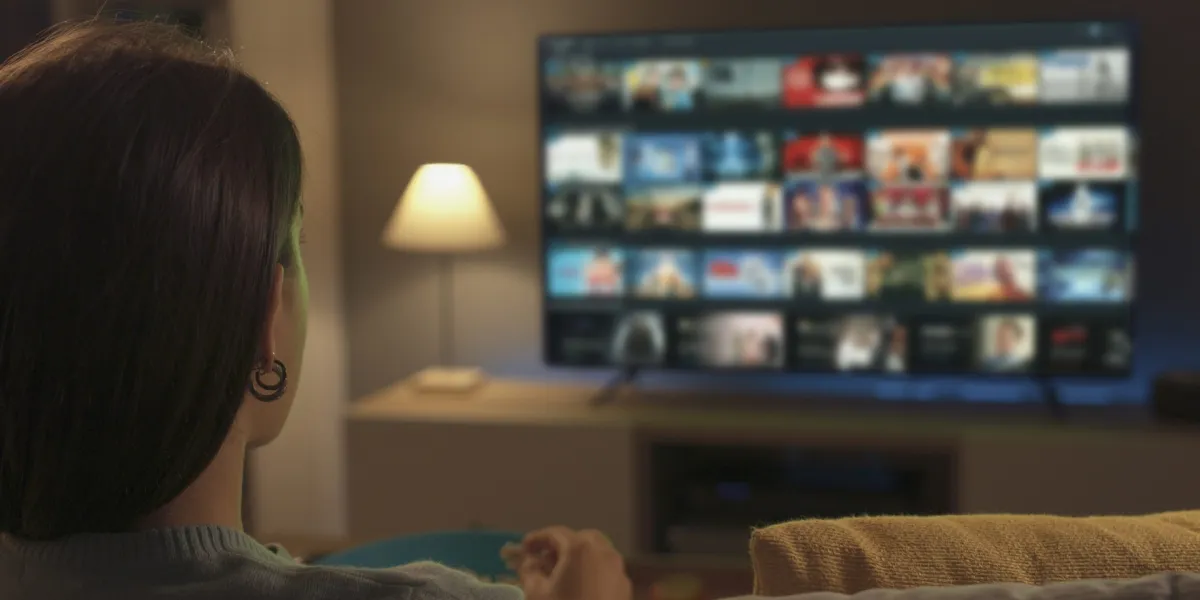Blue ocean strategy examples highlight how businesses have shifted from crowded markets to create entirely new demand where competition is irrelevant. This strategic approach, popularized by W. Chan Kim and Renée Mauborgne, focuses on innovation that opens uncontested market space. Companies using this strategy do not fight for market share—they redefine the market itself. The essence of blue ocean strategy lies in value innovation, a simultaneous pursuit of differentiation and low cost. As industries become saturated, more companies are turning to blue ocean strategy examples to break free from competitive constraints and achieve exponential growth.
Apple iTunes as a Transformative Blue Ocean Strategy
One of the most influential blue ocean strategy examples is Apple’s launch of iTunes, which redefined the way music was purchased and consumed. Before iTunes, the music industry was dominated by physical CDs and rampant digital piracy. Apple created a legal, easy-to-use digital music store that allowed users to purchase individual songs for a low cost. This not only appealed to consumers but also gave music labels a way to monetize digital sales. Apple didn’t just compete with CD retailers—they bypassed them entirely by creating a new digital experience. This move positioned iTunes as a leading force in the music industry’s transformation.
Cirque du Soleil Merging Theater and Circus
Cirque du Soleil is often cited among blue ocean strategy examples for how it redefined the circus industry. Traditional circuses were losing relevance and profitability due to high costs, reliance on animal acts, and competition. Cirque du Soleil removed animal acts, focused on sophisticated theatrical elements, and targeted adult audiences with higher ticket prices. It blended elements of drama, dance, music, and acrobatics to create an entirely new form of entertainment. This allowed Cirque to operate in a blue ocean, free from competition with traditional circuses, and build a global brand that reimagined the industry entirely.
Dyson’s Innovation in Household Appliances
When discussing blue ocean strategy examples, Dyson stands out for transforming the vacuum cleaner industry. Before Dyson, vacuums were largely seen as low-tech household items with similar functionality. Dyson invested in advanced cyclone technology to eliminate the need for vacuum bags and increase suction power. The company focused on design, engineering, and innovation to create premium-priced products with high performance. Rather than compete on price, Dyson created a differentiated product category that commanded a loyal customer base. Their innovation strategy placed them in a blue ocean where their technological superiority became the selling point, not price.
Tesla Reinventing the Automotive Market
Tesla represents one of the most disruptive blue ocean strategy examples in the automotive industry. While traditional automakers focused on improving internal combustion engines, Tesla built its business around electric vehicles, a segment with limited competition at the time. More importantly, Tesla did not just sell cars—it offered a brand-new vision of sustainable energy and vehicle autonomy. By creating high-performance electric cars with luxury appeal, Tesla attracted environmentally conscious consumers willing to pay a premium. In doing so, Tesla avoided the saturated mass automobile market and opened up a new, uncontested space in high-end electric vehicles.
Netflix Transitioning to On-Demand Streaming

Netflix’s pivot from DVD rentals to streaming is a critical moment in blue ocean strategy examples. Initially a DVD rental service, Netflix identified growing consumer demand for immediate, on-demand access to entertainment. The company invested in digital infrastructure to deliver streaming content, bypassing brick-and-mortar rental services and eliminating late fees. This move revolutionized how people consumed media and effectively made competitors like Blockbuster obsolete. Netflix didn’t just offer a new product—it created a new way of watching television and movies, positioning itself in an uncontested market and setting the standard for global content delivery.
Nintendo Wii’s Redefinition of Gaming Audiences
Nintendo Wii is another noteworthy case in blue ocean strategy examples, particularly for how it redefined the video game console market. While competitors like Sony and Microsoft focused on hardcore gamers with high-powered consoles, Nintendo targeted casual and family gamers. The Wii emphasized motion control and accessible gameplay over graphics and speed. By attracting demographics that were traditionally non-gamers—such as older adults and children—Nintendo created an entirely new user base. The success of the Wii illustrates how value innovation can lead to a blue ocean, where competition becomes irrelevant because the target market is brand new.
Uber Disrupting Traditional Transportation
Uber’s entry into urban transportation stands among the most disruptive blue ocean strategy examples. Before Uber, the taxi industry operated under strict regulations with little technological innovation. Uber introduced a user-friendly mobile app that allowed passengers to book rides, track drivers, and pay digitally. By creating a peer-to-peer ride-sharing network, Uber sidestepped regulatory bottlenecks and tapped into a new market of casual drivers and tech-savvy passengers. Uber didn’t compete with taxis directly—it rendered them outdated by creating a platform-based service model that changed how people think about personal transportation.
Airbnb Opening the Door to Home-Sharing
Airbnb exemplifies blue ocean strategy examples by revolutionizing the travel accommodation market. Traditional hotels dominated the industry, but Airbnb offered people the chance to rent out spare rooms or homes to travelers. This peer-to-peer model created value for hosts and guests alike—hosts earned extra income, and guests received affordable, local lodging experiences. Airbnb expanded the definition of hospitality, allowing the company to operate outside traditional boundaries. It didn’t just enter a competitive space—it built an entirely new one by leveraging underutilized assets and creating trust through digital reputation systems.
Spotify Personalizing the Music Streaming Space
Spotify is a prominent addition to blue ocean strategy examples due to its personalized music streaming experience. While iTunes sold music by the track, Spotify introduced a freemium subscription model that offered unlimited access to a vast music library. The key differentiator was Spotify’s use of AI to curate personalized playlists and recommendations, enhancing user experience. By focusing on music discovery and subscription-based access, Spotify created a new kind of music consumption that attracted both listeners and artists. It didn’t compete on song ownership but on seamless, curated experiences, carving out a unique market space.
Warby Parker Challenging Eyewear Monopolies
Warby Parker disrupted the eyewear industry by offering stylish prescription glasses at affordable prices online. Traditionally, consumers had limited options from monopolistic providers with high markups. Warby Parker introduced home try-on kits and eliminated middlemen by selling directly to consumers. Their focus on social entrepreneurship, convenience, and cost created a new value curve. Among blue ocean strategy examples, Warby Parker stands out for creating an accessible and modern eyewear shopping experience that challenged an entire industry model and built a loyal customer base in an uncontested niche.
Conclusion
Blue ocean strategy examples demonstrate the power of innovation in unlocking new markets and rendering traditional competition obsolete. From tech giants like Apple and Tesla to service disruptors like Uber and Airbnb, these companies succeeded by offering unique value that redefined industries. Each example shows that it’s not always about competing harder but about competing differently—creating demand where none existed before. In a world of increasing competition and commoditization, blue ocean strategy offers a blueprint for differentiation, growth, and long-term success. For businesses seeking a path forward, these examples serve as both inspiration and instruction for bold, strategic reinvention.
